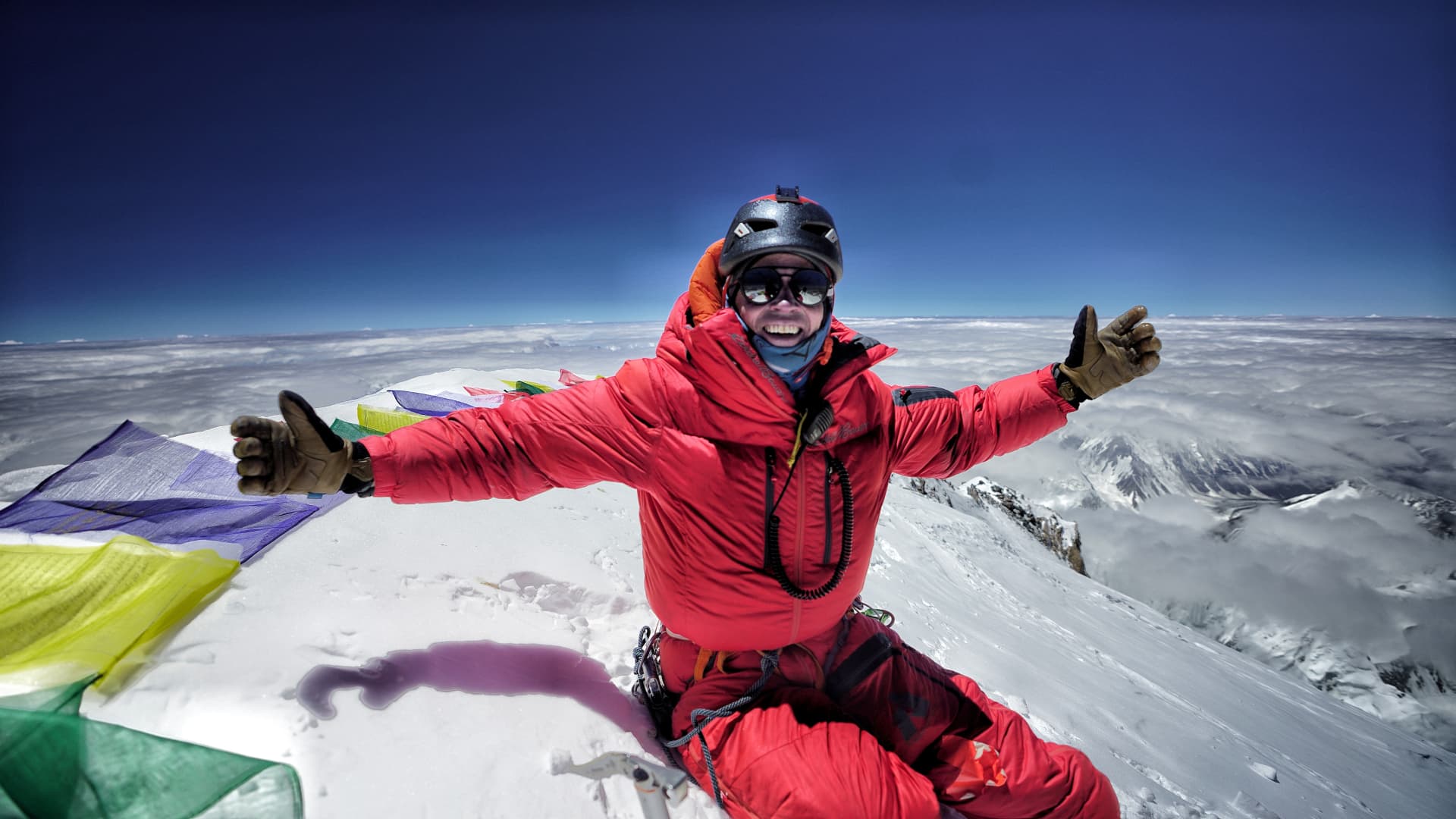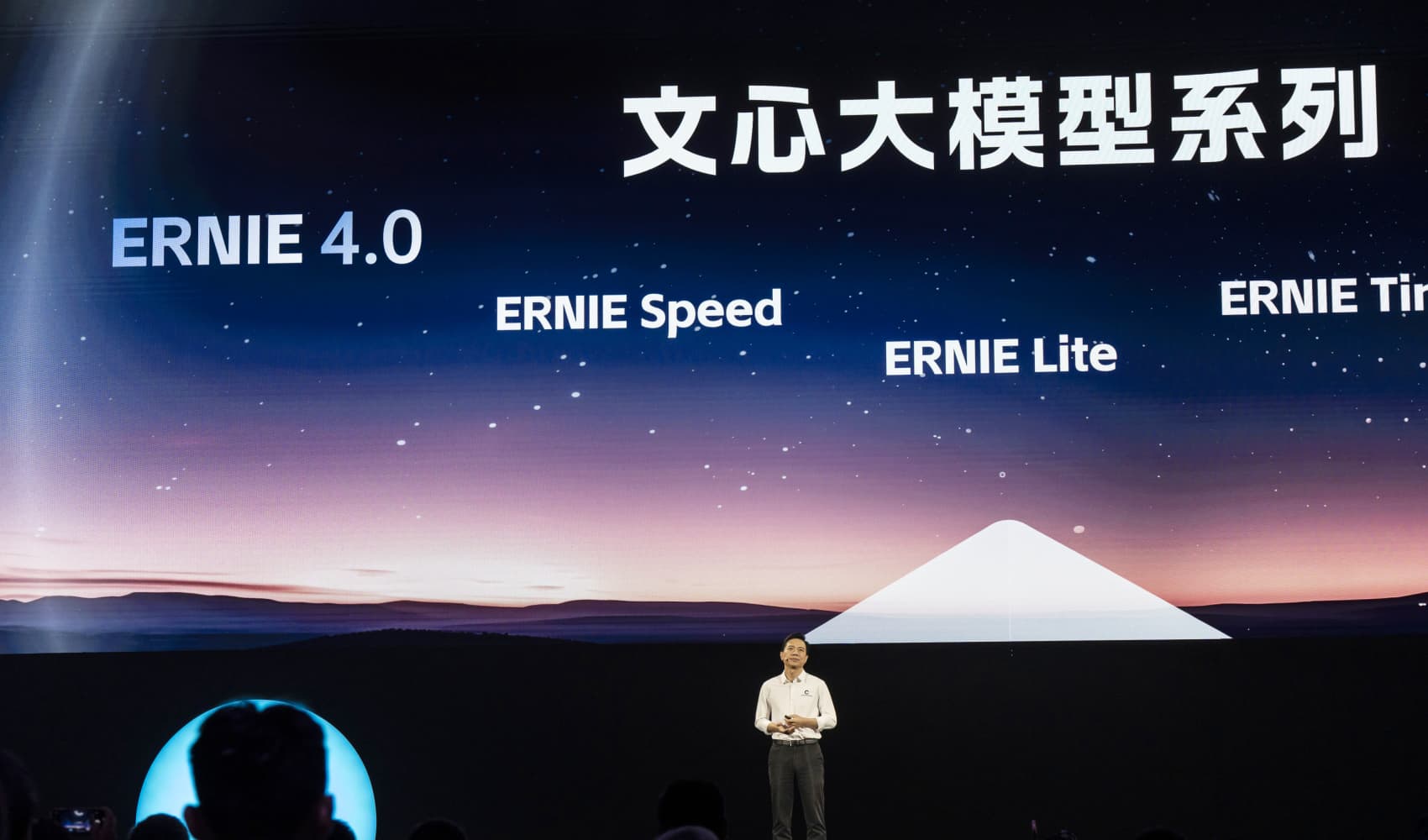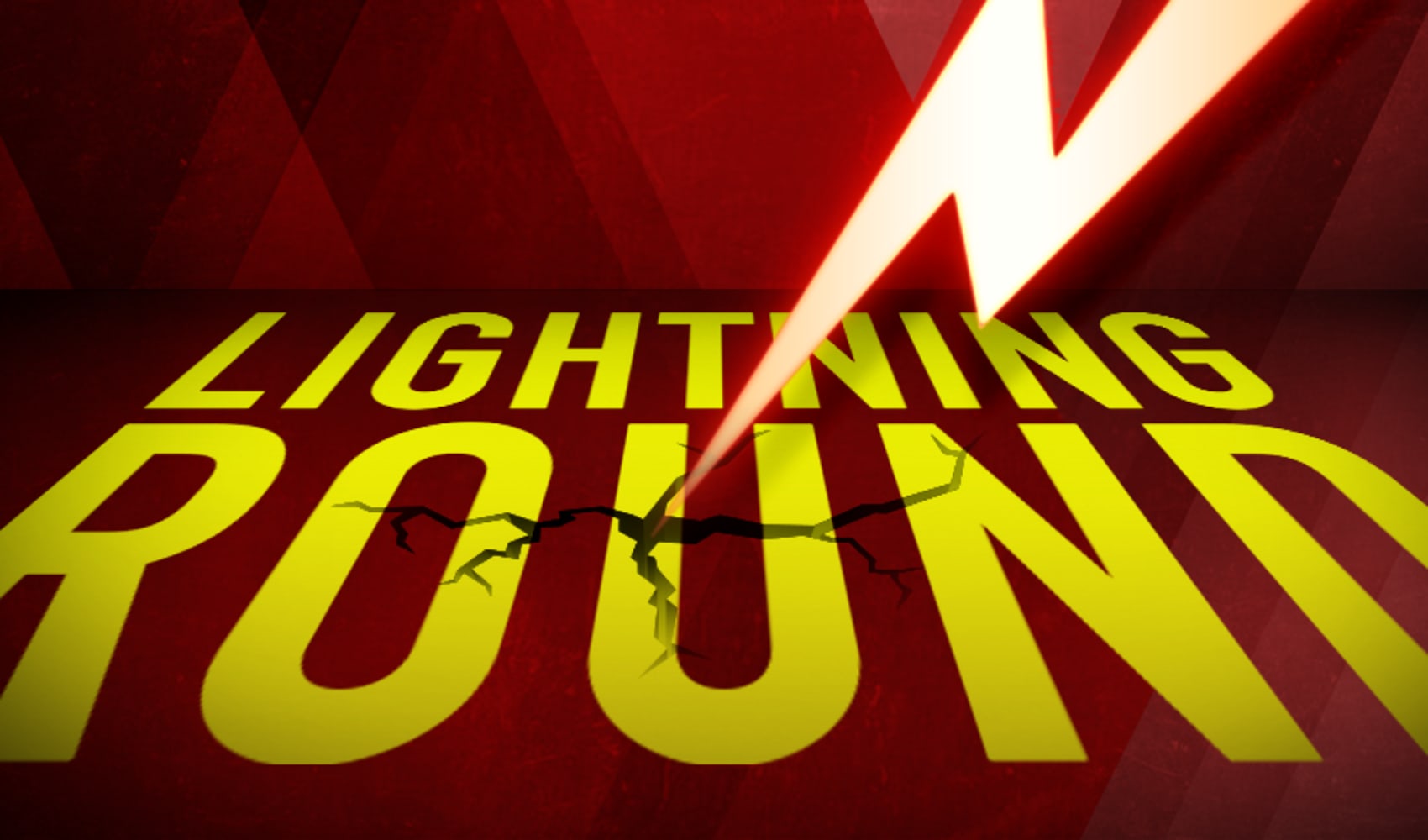
Adrian Ballinger has summited Mount Everest eight times. It's challenging, perilous and rewarding, he says — and the same goes for running his own business.
Ballinger, 46, has spent the past 25 years climbing the world's highest peaks, leading more than 150 international climbing expeditions across six continents. He's also the founder and CEO of Alpenglow Expeditions, a Olympic Valley, California-based company that helps roughly 6,000 clients per year summit those peaks themselves.
Launching Alpenglow in 2004 meant cobbling together $10,000 from a previous mountain guide job and a variety of side hustles: working as a ski instructor in Telluride, Colorado, waiting tables and valet parking cars.
Today, the company is on track to surpass $3 million in 2022 revenue, according to documents reviewed by CNBC Make It. Alpenglow's prices can range from $275 for an introductory mountaineering course to up to $98,000 per person for a guided expedition up Mount Everest.
Get Southern California news, weather forecasts and entertainment stories to your inbox. Sign up for NBC LA newsletters.
Mountain climbing and entrepreneurship are both risky endeavors that require mental and physical resilience to succeed, Ballinger says. You can't ever take success for granted, because failure is always an option.
"It's something we talk to our clients a lot about before they sign up with us," Ballinger tells CNBC Make It. "Just because you [commit] a large sum of money to go to a place like Mount Everest, and you take five weeks out of your life, it doesn't guarantee success."
Here's how Ballinger built his business, using lessons he learned on the mountains to get ahead of the curve.
Money Report
'No way I'm going back to medical school'
Ballinger's parents wanted him to be a doctor, and they nearly got their wish. After graduating from Georgetown University pre-med in 1997, Ballinger told his family he just wanted to put off medical school for a year, so he could "get climbing out of my system," he says.
He spent the next 12 months "barely making a living as a base-level guide, teaching rock climbing" and making just enough money to fund his own climbing trips to South America and the Himalayas.
Instead of getting mountain climbing out of his system, Ballinger says the year ended with him all the more committed to following his passion. "I was like, 'There is no way I'm going back to medical school,'" he says.
He went to work as a climbing guide for a company called Earth Treks from 2000 to 2004, and started teaching skiing in Telluride. He earned around $38,000 per year from those jobs, he says.

By 2004, Ballinger wanted to branch out on his own. He sold his motorcycle to cover the $3,000 cost to build Alpenglow's website, and put roughly $7,000 of his own savings toward startup costs — from legal fees to register the company to expedition equipment like tents, ropes and other necessary gear.
He relied on word of mouth to grow his business. Landing clients early on was a struggle, so he forwent a salary for the company's first five years, living off roughly $20,000 per year from a variety of odd jobs.
"That first year, I only guided two expeditions that I think had a total of, maybe, eight clients," Ballinger says. "At the same time, I was catering for a local Aspen company [and] I was valet parking cars — basically, doing everything I could to try to get this business off the ground."
Why it doesn't pay to be an 'adrenaline junkie'
After five years of trying to land the environmental permits he needed to lead local climbing tours in Colorado, Ballinger pulled up stakes and relocated to Olympic Valley, California.
He got approval to offer mountaineering courses and guided trips in the Sierra Nevada mountains, meaning he didn't have to rely solely on clients willing to spend thousands of dollars on major international expeditions.
Alpenglow also benefited from Ballinger's multiple ascents of Mount Everest, he says: The media attention and speaking engagements created free marketing opportunities for his business.
"It gives us this megaphone to talk about what we do and how we do it," Ballinger says.
Sometimes, people inaccurately label Ballinger an "adrenaline junkie" due to the inherent danger and often inhospitable conditions of mountain climbing, he says.
"Actually, in my sport, if I feel that shot of adrenaline, it means I've made a series of mistakes that's put me in a place that I shouldn't be in," he explains. "[It means] I'm about to get myself killed."
If anything, Ballinger says his primary goal is to avoid any and all unnecessary risks. That takes a lot of research and preparation in advance, to make sure you're at least taking educated risks.
On a mountain, that means carefully researching weather patterns and climbing routes to determine the safest courses of action. As a CEO, it means meticulously vetting new business partners or trying to predict every possible outcome for any new plan to grow the business.
Then, even when you encounter a danger you never imagined, you'll have trained your brain to quickly problem solve for it. Studies show that the strategy can help you avoid overreacting: By staying calm in a stressful situation, you're less likely to make rash, dangerous decisions.
"The curveball that gets thrown at me on the mountains or in the business is often not the one that I planned for or ran a scenario about," Ballinger says. "But by going through all of those exercises of considering what risks we might take and how to manage them, then whatever does come, I think we have a better foundation for it."
Want to earn more and work less? Register for the free CNBC Make It: Your Money virtual event on Dec. 13 at 12 p.m. ET to learn from money masters how you can increase your earning power.
Sign up now: Get smarter about your money and career with our weekly newsletter






